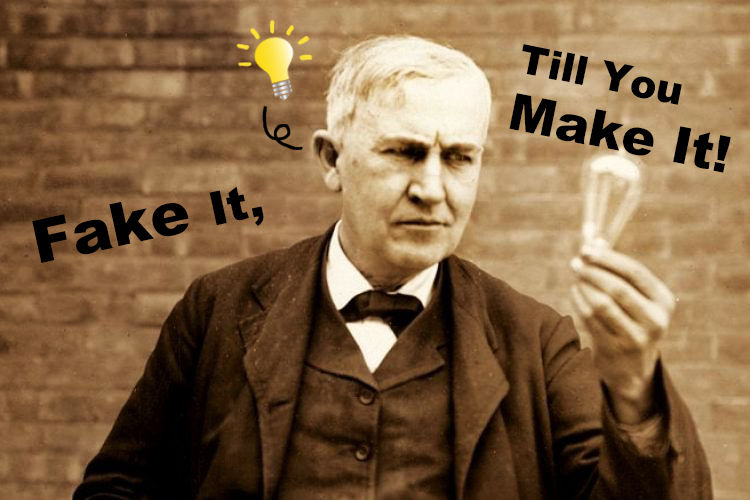Things to be improved about the AI-generated faces today
- Neville Huang

- Apr 23, 2019
- 3 min read

Do you remember the day when computer-generated faces look extremely weird and uncanny? Well, not anymore! Thanks to the use of neural networks and deep learning, computers today have the ability to create pictures of human faces that look “almost” like real ones. Note that we used the word “almost”, and it’s because those faces are still not perfect, at least for now…
To see how powerful AI-based face generation technology has grown to be, go to the website “whichfaceisreal.com”. In it you will be given two faces each time, one real and one AI-generated. Your task is to select the image that contains the real face.
The funny thing about this is that although the pictures of faces created by artificial intelligence look impressively realistic, most people have only a little problem distinguishing the fake from real! And upon closer inspection, some general flaws of the face-generated AI today start to emerge. The following is a short list of all the defects we found when completing the task on “whichfaceisreal.com”. And hopefully, it can help you to create an AI system which is better than what we have now.
Clean faces
AI-generated faces are usually very clean, with no mole, spot, blemish or any other kinds of distinguishable mark on them. This may results from the fact that the current AI systems focus on leaning the “general model” of human faces, causing them to ignore the characteristics that vary widely on different individuals.
To overcome such issue, the future AI algorithm should include two different parts. One is for learning the universal features from the given data, while another concentrates on the characteristics that separate different instances from the dataset.


Average faces
Since AI learns majorly from the “general pattern” of the data provided, it’s only natural that the faces produced by it all look very “average”. By “average” we mean that the facial features tend to distribute evenly on an AI-generated face. So, if you see a face which possesses an exaggerated part or a clearly identifiable characteristic, that face is almost guaranteed to be the real one (unless that characteristic is an abnormal artifact, which is going to be discussed next).



Creepy artifacts
Although AI nowadays perform well in most of the cases, it will still make mistakes occasionally, and sometimes these mistakes can render the whole image very spooky. It’s currently not sure that why such artifacts come to being, but we suspect that this problem will become less and less significant if the training of AI continues.


Unnatural background
Even if the AI does a perfect job of reconstructing an image of a human face, it’s very likely that it screws up the background (i.e., the backgrounds of AI-generated pictures are usually weird, abstract and incomprehensible). As a matter of fact, this may be the most useful and reliable clue for telling which face is fake. This weakness of the face-generated AI shows that it is still away from being an artificial “general” intelligence. In other words, it’s professional in creating faces but only has a little knowledge about how a proper background should look like.
(P.S., If you’re interesting at topics such as artificial general intelligence & the inner mechanism of neural networks, be sure to join our free membership to get notification of our future articles.)



One person at a time
With the development of today machine learning, we anticipate that AI has no problem when there is only one person in the frame. However, when there are two or more people involve, something weird start to occur. It’s likely that the AI treated the face of the second person as the background. And as we’ve already pointed out, the AI sucks at creating proper background patterns.


Conclusion
Since the appear of AlexNet, artificial neural networks (ANNs) and deep learning have progressed aggressively. And the propose of generative adversarial networks (GANs) further gives computers the ability to synthesize realistic images. These achievements definitely redefine what machines can do in respect of natural image processing. With that being said, the current algorithms are still imperfect!
In general, the biggest restrictions of today (generative) AI are two:
Rely heavily (or solely) on statistics so that the results it creates are limited by the norm.
The AI system is still weak, which can only handle one particular task.
To overcome the said limitations and eventually realize an artificial general intelligence, we believe that something more than ANNs and deep learning will be needed. As for what that is, we will soon (before mid-May) start a series on such topics (P.S., the series is called “Neuroscience for AI Developers”). If you’re interested in it, please considering joining our free membership to get the notification. We sincerely hope that you can find inspirations from our works, and achieve something wonderful with your projects!









Comments